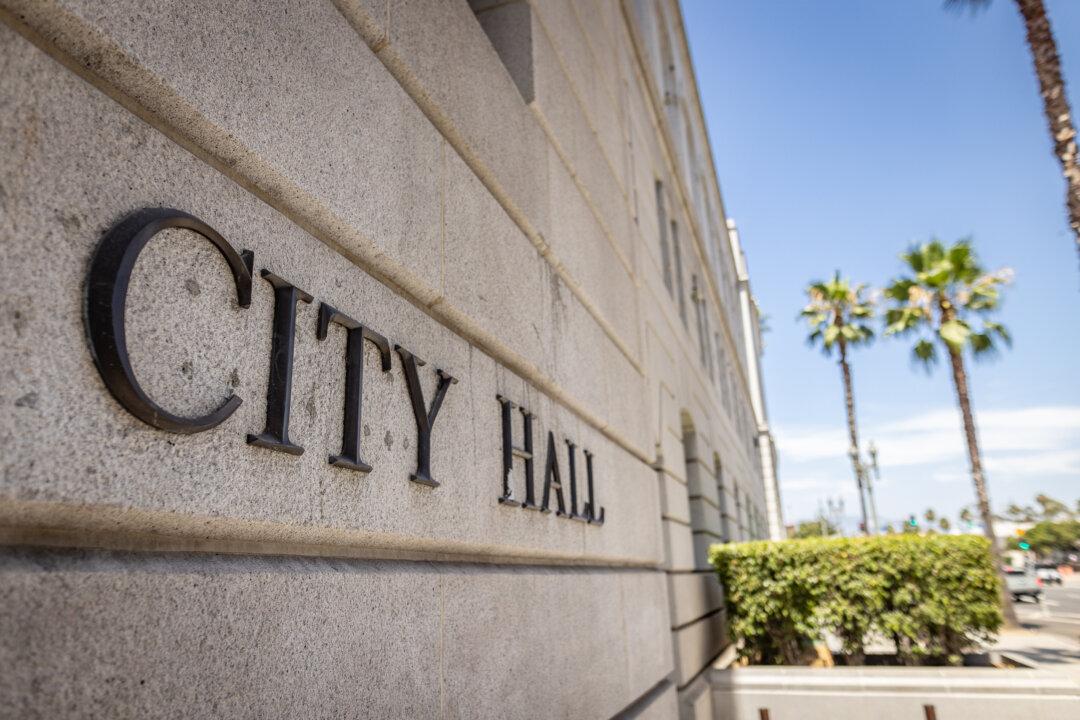I’ve become a big fan of The History Channel’s series “Alone” and “Alone Australia.” The goal is for one of ten contestants to survive the longest in the fall and winter months above the Arctic Circle or near the Antarctic Circle. Living off the land is not as easy as it seems, but the winning survivalist wins a significant cash prize.
I play a similar game with California’s 482 cities. Except I get to wait for the last one to finally complete its audit by an independent Certified Public Accounting firm and then post its annual comprehensive financial report (ACFR) for its residents to see. This disclosure requirement is usually completed within six months after the conclusion of the June 30 fiscal year end. Sometimes it takes nine months. Sometimes ... years.
For Imperial County, the cities of Holtville and Westmorland have yet to post their June 30, 2020, ACFRs. That makes them nearly four years late. Because of this brazen delinquency, I have broken up Caltrans District 11 into two halves. This is why this ranking is only for the 18 cities in San Diego County.
Including a column providing the dates when the auditors completed their field work in the chart below shows that seven of the cities met the timeliness goal of Dec. 31. Another seven made it by March 31. Number 15 is Coronado (July 15, 2024), followed by National City (Oct. 2, 2024), Lemon Grove (Dec. 16, 2024), and finally La Mesa (April 11, 2025). La Mesa’s City Council approved the receipt of the financial report on the evening of April 22. That’s some 16 months late and nearly two years after the close of the fiscal year.
The reason for La Mesa’s serious delinquency: “Please note: FY 23 Audit is delayed due to ERP system upgrade and will be posted as soon as it is complete.”
The tiny city of Del Mar doubled its unrestricted net position, allowing it to move up one position. Compared to the previous year, its charges for services rose by $767,250, grants for public safety rose by $872,239, grants for public works rose by $578,059, property tax revenues were $550,991 higher, and investment income was up $699,868. Looking at the prior year’s revenues in excess of expenditures of $4.6 million, these revenue improvements explain the increase to $8.2 million.
Along with $1.3 million in capital projects that were deferred due to the pandemic, the unrestricted net position grew by $6.2 million. This is probably more than you needed to know, but this is what can be garnered from a city’s ACFR.
Solana Beach was the big upward mover. Having revenues in excess of expenditures of $17.3 million was the big reason. The city moved $4 million into restricted assets and invested $8.3 million in capital assets, leaving $5 million to improve its unrestricted net position.
Lemon Grove improved its unrestricted net position by 155 percent. It had revenues in excess of expenditures of $5 million, explaining the $4.1 million improvement to its unrestricted net position.
Let’s go back to where we started. Timeliness is critical for decision-making when preparing the annual budget. It’s important for transparency to the stakeholders, the property owners of the city, to keep them informed on the fiscal management of the city council. And promptness reflects proper stewardship.
Here’s to hoping we can provide the June 30, 2024, San Diego County rankings soon.








